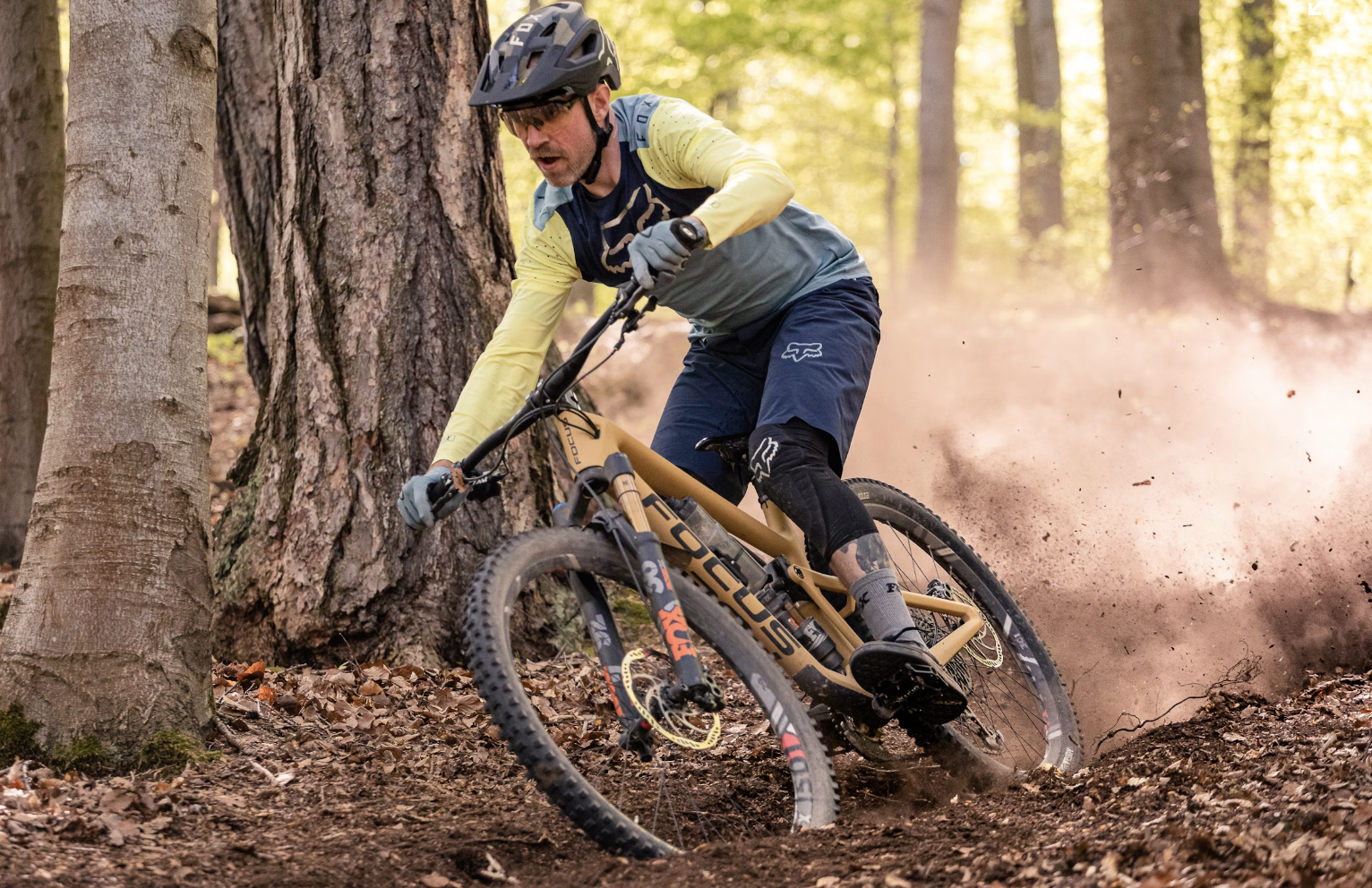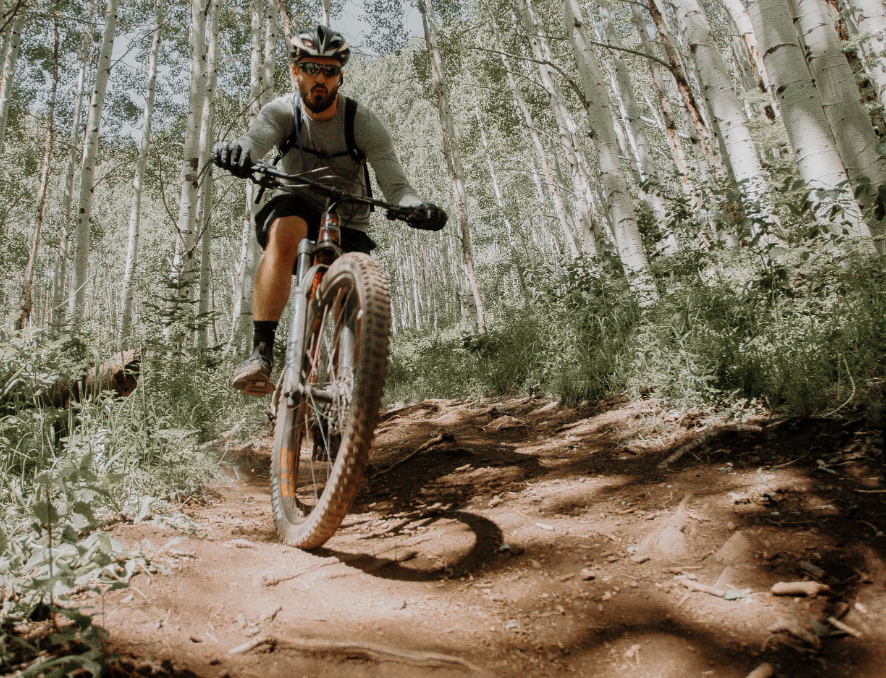Mountain Bike Pedals
Whether you're kitting out a new bike, looking to upgrade, or just trying something new, here's a breakdown of the pros and cons of flat versus clipless pedals to help you make the best choice.

Types of Mountain Bike Pedals
There are two main types of mountain bike pedals: flat (platform) pedals and clipless pedals. Most people know flat pedals—they're the classic ones you find on many bikes. Clipless pedals, despite the name, actually mean you "clip in" using cleats on your shoes.
Flat vs. Clipless Mountain Bike Pedals: What sets them apart?
When it comes to choosing between flat and clipless pedals, there's no one-size-fits-all answer. Each has benefits and drawbacks:
Flat Pedals:
Pros: easy to bail out: perfect for beginners or trick riders. No special shoes needed: Any footwear works. Great for wet or slippery terrain: Quick foot placement.
Cons: less efficient: You might lose some pedaling power. Foot slips: Less secure, especially on rough trails.
Clipless Pedals:
Pros: efficiency: Better power transfer, great for long rides. Secure: Feet stay locked in, more control over the bike. Stability: Helps in rough terrains.
Cons: learning curve: Takes time to get used to clipping in and out. Special shoes required: Need compatible cleats and shoes.

Choosing Flat Pedals
Material: flat pedals are typically made from either metal or composite materials. Metal pedals are durable and stiff, providing good power transfer. Composite pedals are lighter and cheaper but can get damaged more easily.
Size: pedal size matters. Larger pedals distribute force more evenly, making them more comfortable and less likely to let your foot slip. Make sure the pedal isn’t too big for your shoe size.
Shape: some flat pedals have a concave or convex shape to enhance grip. Adjusting the length of the pins can also help with grip.
Pins: more pins and longer pins give you better grip. Look for pedals with 10-12 pins per side. Adjustable and replaceable pins are a bonus, letting you customize the grip.
Choosing Clipless Pedals
Clipless pedals connect your shoe to the pedal using a cleat system. Most use a two-bolt design and have adjustable tension for fine-tuning.
Here’s what to consider:
Float: is the degree of rotation allowed while clipped in. It helps you steer the bike with your feet and reduces the chance of knee pain.
Pedal and Shoe Compatibility: shoes come in various styles, so ensure they work well with the pedal’s platform and pins.
Using Clipless Pedals: start by practicing against a wall to get used to clipping in and out. To clip in, push down and forward on the pedal. To clip out, twist your heel outward. Don’t worry if you fall a couple of times—it’s all part of the learning curve!
Final Thoughts
Test as much gear as you can before buying. Don’t be afraid to try new things, and choose what feels best for you and your riding style. Whether you go with flats or clipless, the right pedals will make your ride smoother and more enjoyable. Ride on!
